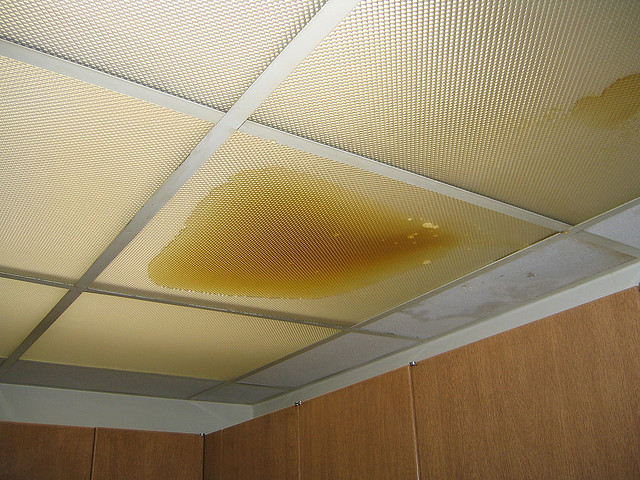The article author is making a few great pointers about Hacks to detect leaks in general in this article beneath.

Early detection of leaking water lines can mitigate a prospective disaster. Some small water leakages may not be noticeable.
1. Examine the Water Meter
Every residence has a water meter. Checking it is a surefire manner in which aids you discover leaks. For starters, shut off all the water resources. Ensure no one will flush, utilize the faucet, shower, run the washing maker or dishwasher. From there, go to the meter and watch if it will certainly change. Considering that nobody is using it, there ought to be no movements. That shows a fast-moving leakage if it moves. Furthermore, if you discover no changes, wait a hr or 2 and also inspect back again. This implies you might have a sluggish leak that might even be below ground.
2. Examine Water Intake
Analyze your water costs as well as track your water consumption. As the one paying it, you should discover if there are any type of disparities. If you identify sudden changes, despite your consumption being the same, it implies that you have leaks in your plumbing system. Bear in mind, your water bill must fall under the same variety monthly. An abrupt spike in your expense shows a fast-moving leakage.
At the same time, a constant rise on a monthly basis, despite the very same practices, reveals you have a slow-moving leakage that's additionally slowly escalating. Call a plumber to thoroughly examine your property, specifically if you really feel a warm area on your floor with piping beneath.
3. Do a Food Coloring Test
When it pertains to water usage, 30% comes from commodes. Test to see if they are running appropriately. Decrease flecks of food color in the container as well as wait 10 mins. There's a leak between the container and also dish if the color in some way infiltrates your bowl during that time without flushing.
4. Asses Exterior Lines
Don't forget to check your outside water lines too. Should water seep out of the connection, you have a loosened rubber gasket. One little leakage can lose heaps of water and increase your water costs.
5. Check as well as Examine the Scenario
Property owners ought to make it a habit to check under the sink counters as well as also inside closets for any type of bad odor or mold and mildew development. These two warnings suggest a leakage so timely focus is required. Doing regular examinations, also bi-annually, can save you from a major problem.
A lot more notably, if you understand your residence is already old, keep a watchful eye on your heating systems, hose pipes, pipelines etc. Check for discolorations and compromising as the majority of home appliances as well as pipelines have a life expectancy. They will certainly likewise naturally wear away because of tear and put on. If you think dripping water lines in your plumbing system, don't wait for it to rise. Call a specialist plumber as soon as possible so you don't wind up with a dreadful mess in your home.
Early detection of leaking water lines can alleviate a possible catastrophe. Some tiny water leakages might not be visible. Checking it is a surefire method that aids you discover leaks. One tiny leak can squander tons of water and also surge your water bill.
If you presume leaking water lines in your plumbing system, do not wait for it to rise.
WARNING SIGNS OF WATER LEAKAGE BEHIND THE WALL
PERSISTENT MUSTY ODORS
As water slowly drips from a leaky pipe inside the wall, flooring and sheetrock stay damp and develop an odor similar to wet cardboard. It generates a musty smell that can help you find hidden leaks.
MOLD IN UNUSUAL AREAS
Mold usually grows in wet areas like kitchens, baths and laundry rooms. If you spot the stuff on walls or baseboards in other rooms of the house, it’s a good indicator of undetected water leaks.
STAINS THAT GROW
When mold thrives around a leaky pipe, it sometimes takes hold on the inside surface of the affected wall. A growing stain on otherwise clean sheetrock is often your sign of a hidden plumbing problem.
PEELING OR BUBBLING WALLPAPER / PAINT
This clue is easy to miss in rooms that don’t get much use. When you see wallpaper separating along seams or paint bubbling or flaking off the wall, blame sheetrock that stays wet because of an undetected leak.
BUCKLED CEILINGS AND STAINED FLOORS
If ceilings or floors in bathrooms, kitchens or laundry areas develop structural problems, don’t rule out constant damp inside the walls. Wet sheetrock can affect adjacent framing, flooring and ceilings.
https://www.servicemasterbyzaba.com/blog/how-to-detect-water-leakage-in-walls/

As a person who reads about Finding hidden leaks, I think sharing that post was worth the trouble. Are you aware of anybody else who is involved in the topic? Be sure promote it. Thanks a lot for taking the time to read it.